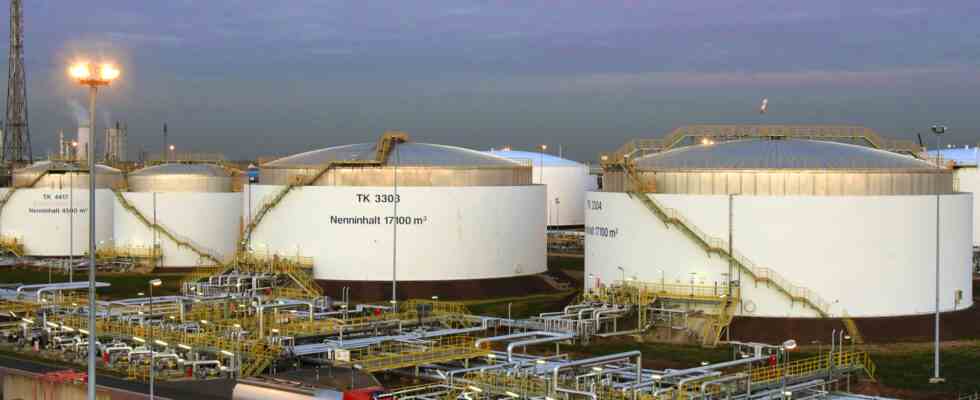Status: 10/14/2022 10:46 am
German wholesale prices rose again significantly in September. Raw materials in particular are the price drivers. This reduces hopes of inflation falling anytime soon.
Fueled by the sharp rise in energy costs, the prices of German wholesalers rose by 19.9 percent in September compared to the same month last year, as reported by the Federal Statistical Office (Destatis).
This increases the pace of the increase again. Prices rose 18.9 percent in August, 19.5 percent in July and 21.2 percent in June. The peak so far was reached in April with an increase of 23.8 percent. That was the strongest increase since statistics were introduced in 1962.
Oil price drives up wholesale prices
According to Destatis, the high increase in wholesale prices in September compared to the previous year is still due to the sharp rise in costs for many raw materials and intermediate products. The biggest impact was the increase in wholesale prices for petroleum products, up 61.9 percent, and solid fuels, which rose by 111.9 percent. Live animal prices climbed 49.8 percent.
Wholesale prices for chemical products were also significantly higher. They grew by 42 percent, as did the prices for milk, dairy products, eggs, cooking oils and dietary fat.
Producer prices of agricultural products are rising
Producer prices for agricultural products also rose sharply. According to Destatis, they were an average of 34.5 percent higher in August than in the same month last year. In July, the inflation rate was 33.4 percent, in May it was 35.6 percent.
The prices of herbal products increased by 21.4 percent. Table potatoes cost 23 percent more than a year ago, grain even almost 40 percent more. The prices for animal products rose above average in August by 44.1 percent.
Indicators of future inflation
Wholesale is the link between manufacturers and end customers. In the end, higher costs end up, at least in part, with the consumers, who will probably have to adjust to a longer period of higher living costs.
And the index of producer prices of agricultural products measures the development of selling prices in agriculture (excluding sales tax). It thus shows the developments at the first economic level, i.e. even before the goods are sold. The ups and downs also give an early indication of the future development of consumer prices.
In view of the current developments, an all-clear signal cannot be assumed. According to Bundesbank President Joachim Nagel, inflation will remain high in Germany in the coming year. This year the inflation rate will be over eight percent and in 2023 there will probably be “a seven before the decimal point,” said Nagel. So far, the Bundesbank had expected an inflation rate of over six percent for 2023.

